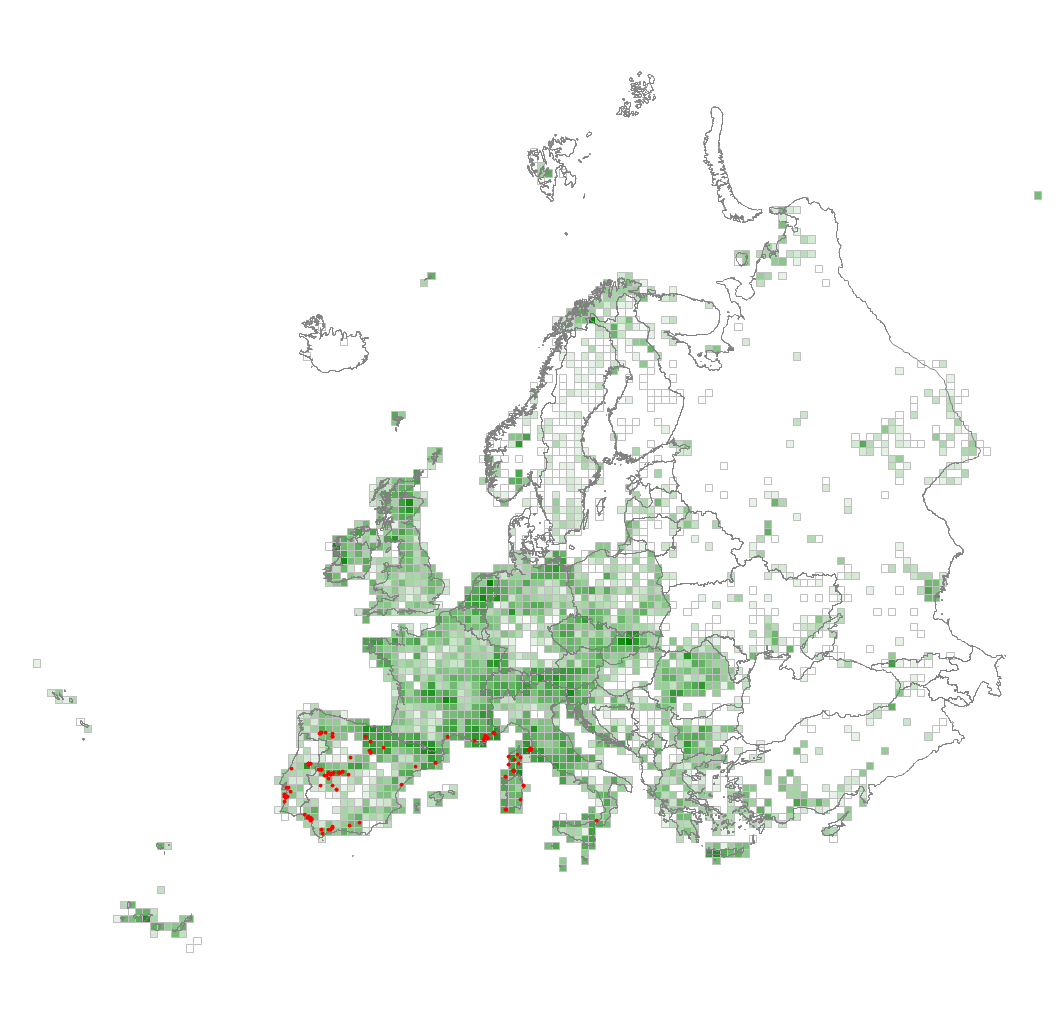S62 Western acidophilous garrigue
Sub-shrub vegetation dominated by nanophanerophytes on thin, acidic soils, developed on hard silicate bedrock or soft sand, through the western thermo- to lower supramediterranean belts. Its species composition is very diverse in response to differences in local climate and soils. On rocky slopes, it can be permanent vegetation but is often derived from forest clearance or abandonment of farm fields and is much affected by grazing and fire.
Chytrý M., Tichý L., Hennekens S.M., Knollová I., Janssen J.A.M., Rodwell J.S. … Schaminée J.H.J. (2020) EUNIS Habitat Classification: expert system, characteristic species combinations and distribution maps of European habitats. Applied Vegetation Science 23: 648–675. https://doi.org/10.1111/avsc.12519
Version 2025-10-03, https://doi.org/10.5281/zenodo.16895007.
For the official presentation of the EUNIS Habitat Classification from the European Environment Agency, please see: EUNIS Terrestrial Habitat Classification 2021. The FloraVeg.EU presentation may show modifications and partial updates to the habitat classification.

1.jpg)
2.jpg)
2.jpg)
3.jpg)
4.jpg)
5.jpg)
6.jpg)
7.jpg)
8.jpg)